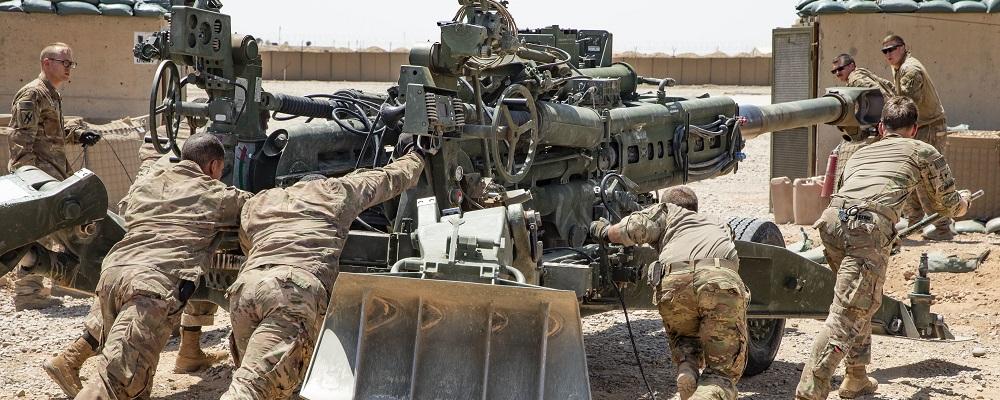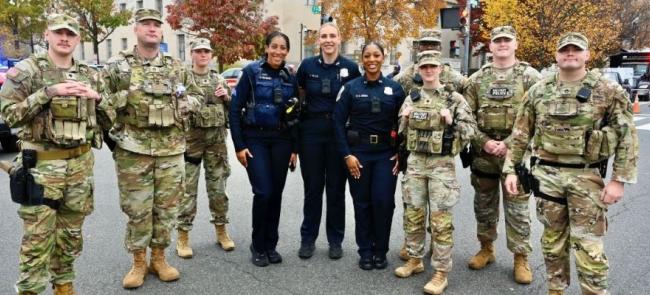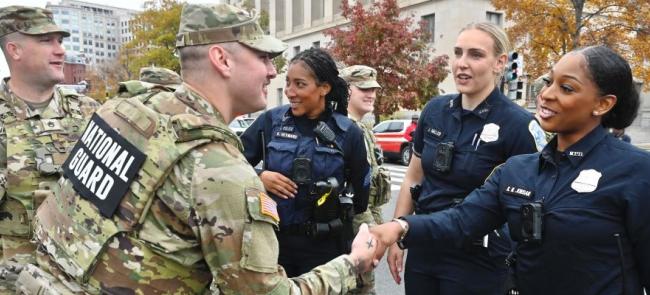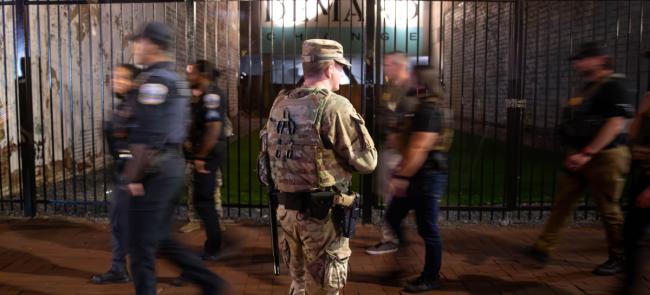
A recent study of Army field artillery recommends the nation increase the number of units that can deploy quickly to a crisis or are forward located.
To do so would likely require a force structure increase for active-component artillery units and/or increasing the readiness status of some Army National Guard units, according to the RAND Corporation report titled “Army Fires Capabilities for 2025 and Beyond.”
The RAND report examines the impact of the Army’s years-long focus on counterterrorism and counterinsurgency operations, during which time the field artillery branch “saw considerable reduction of its force structure and a commensurate cut in modernization funding.”
More recent worries, tied to potential Russian aggression in Eastern Europe, an expanding Iranian military and growing Chinese military capabilities, have highlighted the need for improving Army artillery.
Study authors examined current Army capabilities tied to mortars, howitzers, rockets and missiles at various echelons, from the company to brigade. They note field artillery units would be integral to fending off a larger Russian force in the early days of a possible fight in the Baltics.
“Adding more active-component field artillery units is the most expensive course of action, but it would result in the most deployable units,” the report states. “Changing the way some Guard field artillery units are managed in order to increase their availability for a short-notice crisis is a less expensive option, but would require some significant changes to the way some Guard artillery units are manned and trained.”
The RAND report includes a case study of first Persian Gulf War and notes that Army Guard artillery played a significant role in the 1991 conflict, with the Guard providing one of two 155 mm cannon battalions, four out of six 8-inch cannon battalions and three out of seven Multiple Launched Rocked System battalions.
Today, the Army Guard has 58 field artillery battalions, which is 57% of the Army’s field artillery force structure.
Other recommendations include improving the Army’s ability to quickly get and utilize intelligence, surveillance and reconnaissance data from other services; modernizing the Army’s cannon systems; improving ground forces target acquisition capabilities; and emphasizing major conventional opponents in field artillery, combined arms and joint training exercises.
The full RAND report is available online at https://www.rand.org/pubs/research_reports/RR2124.html.












